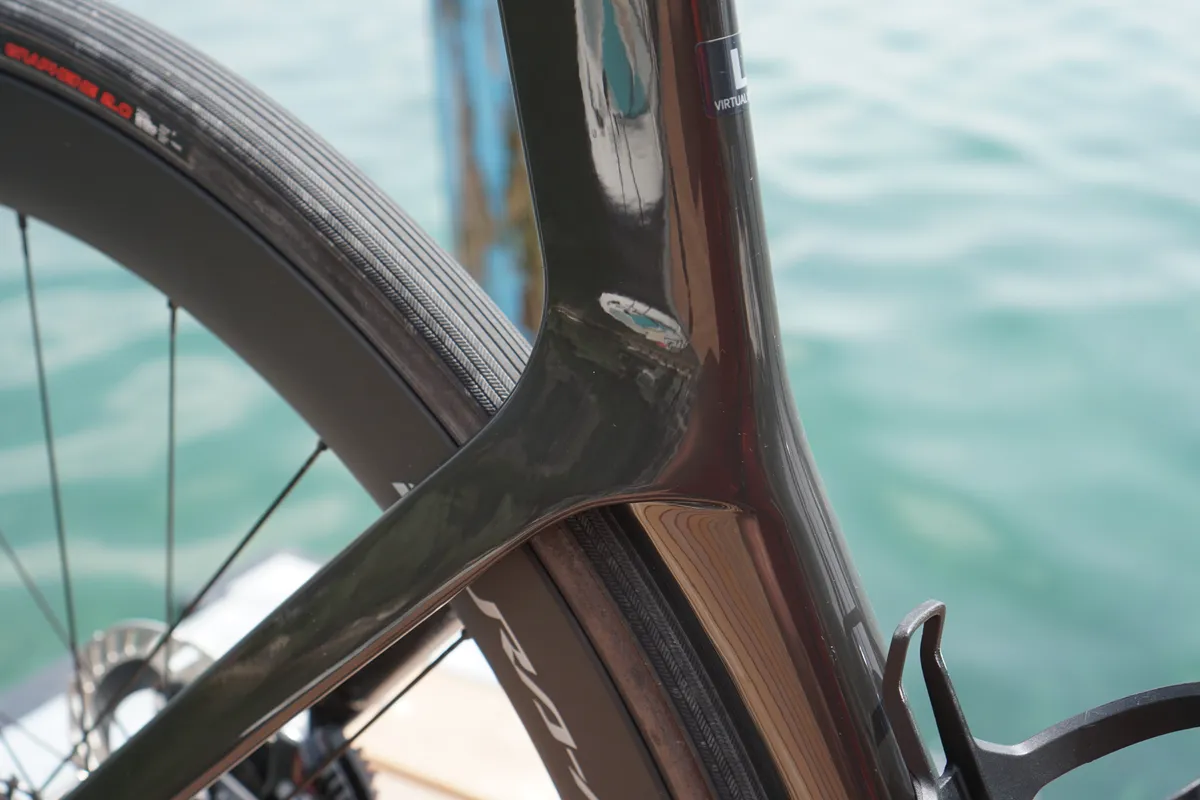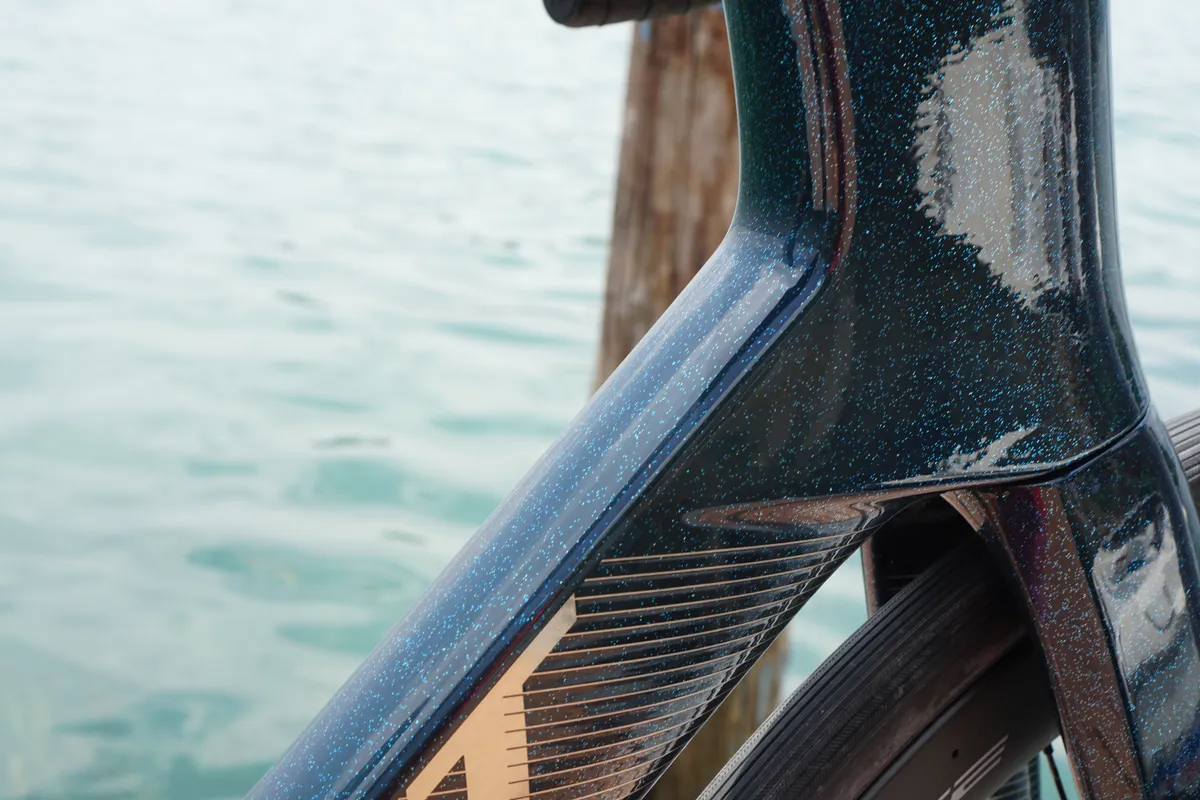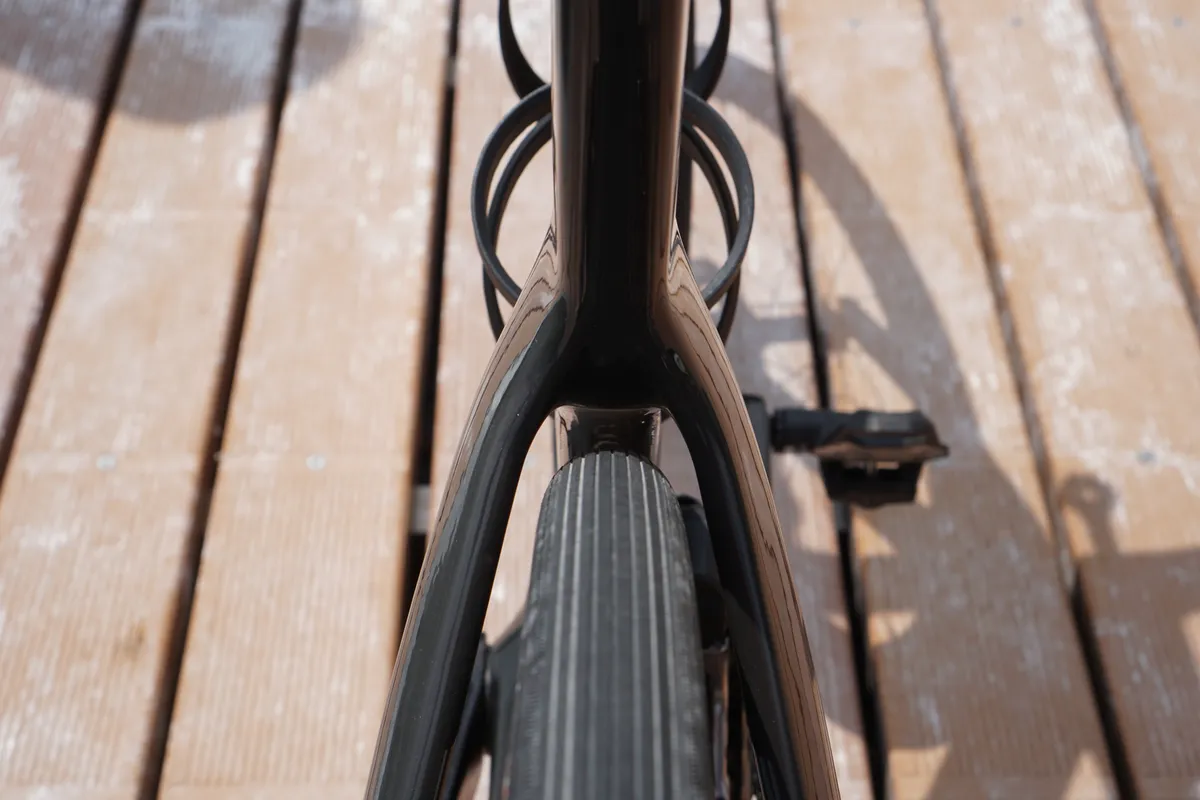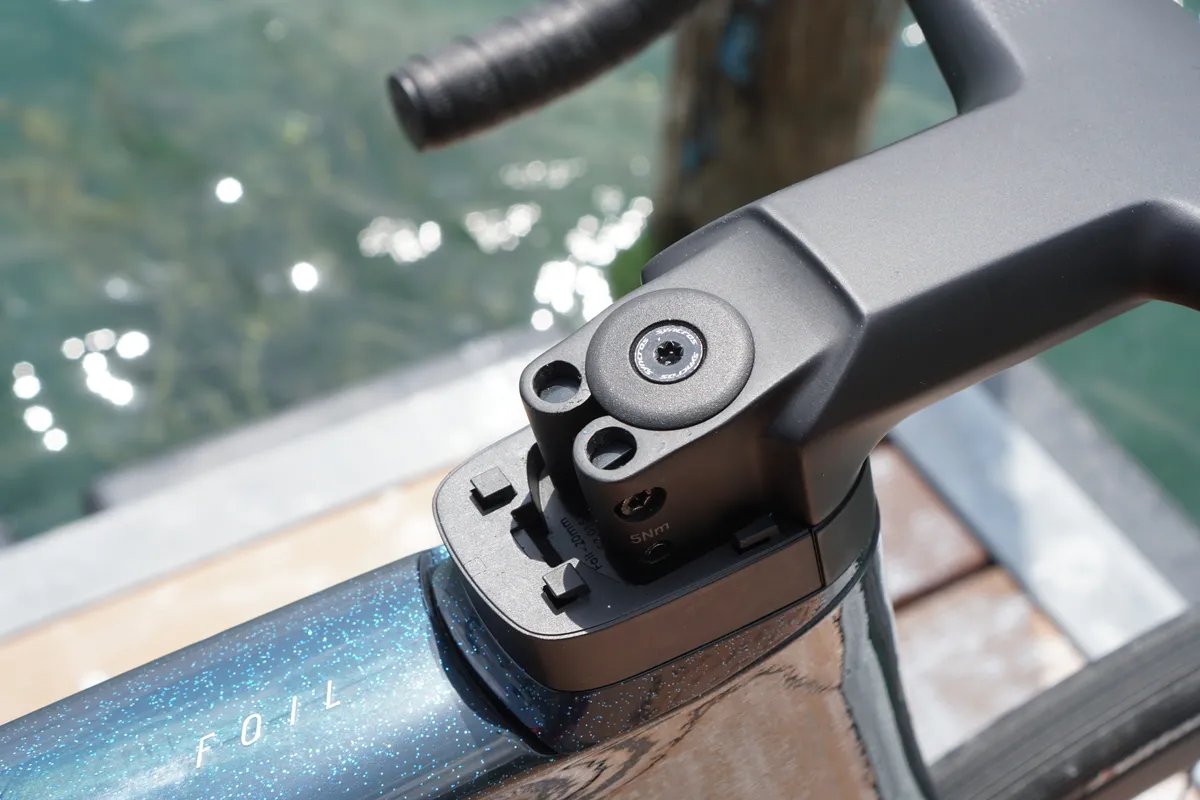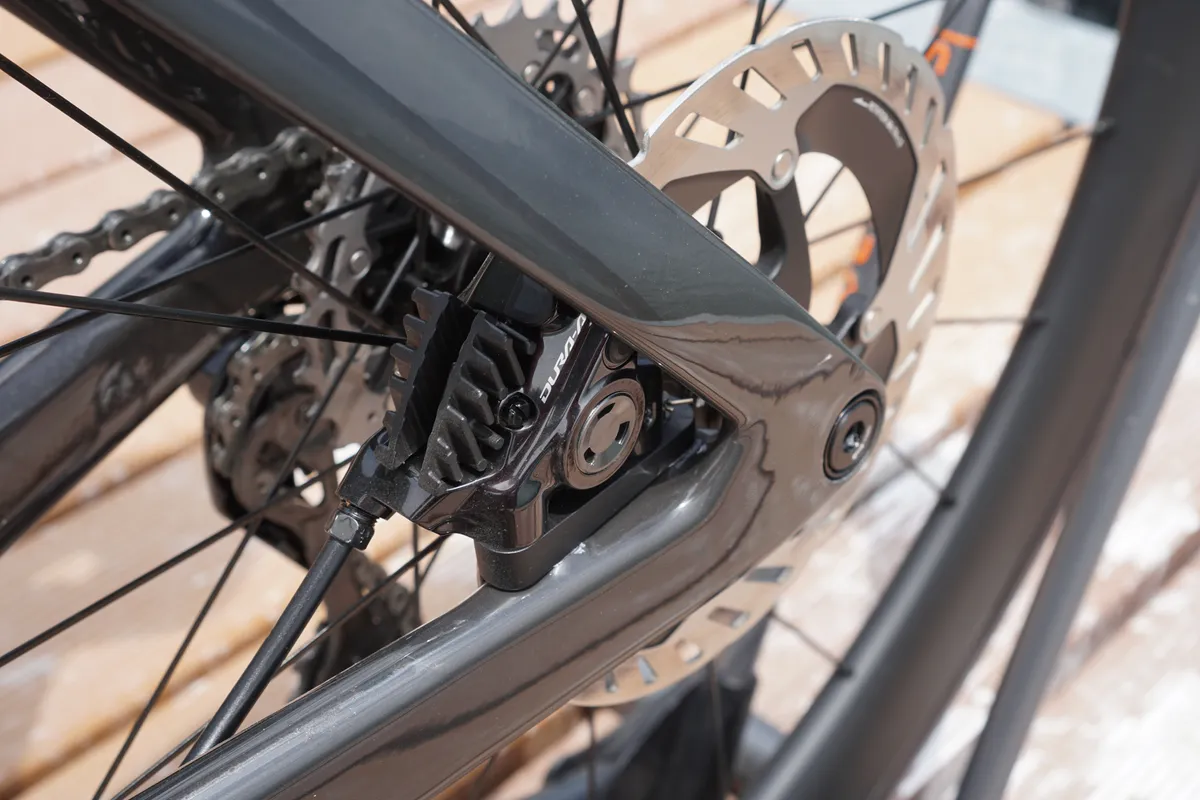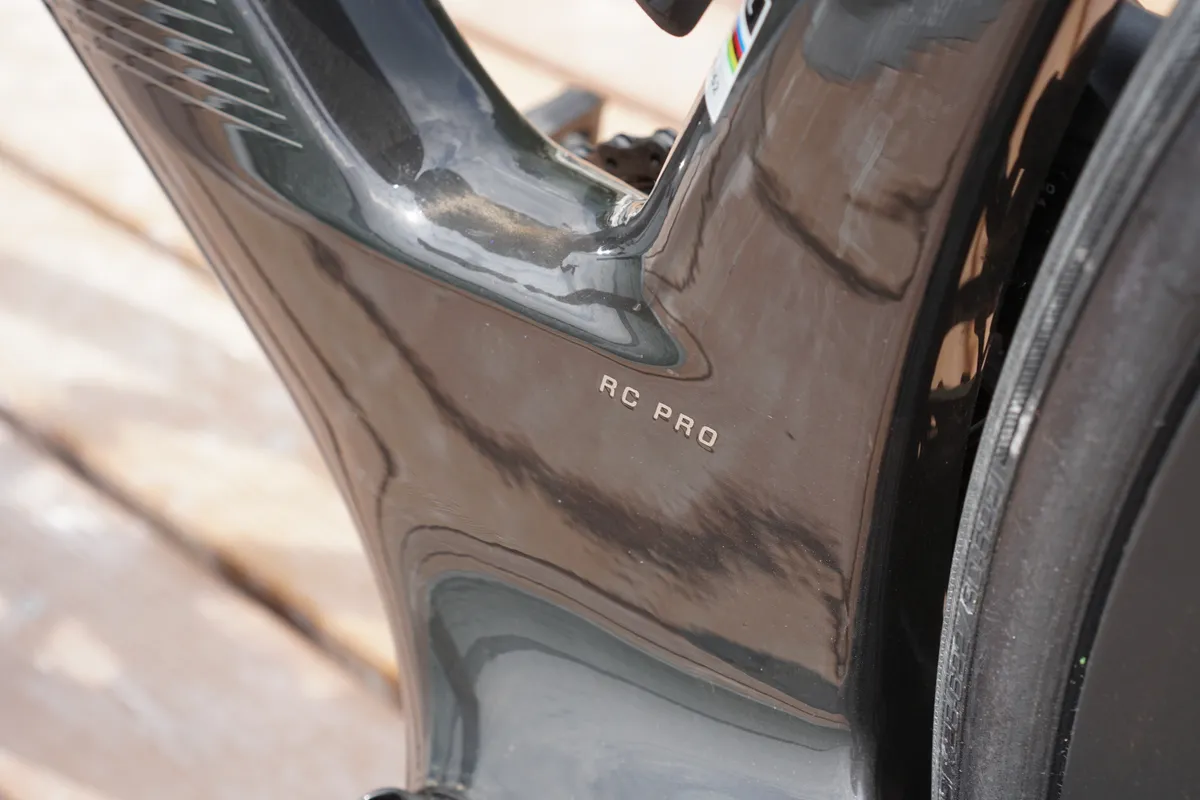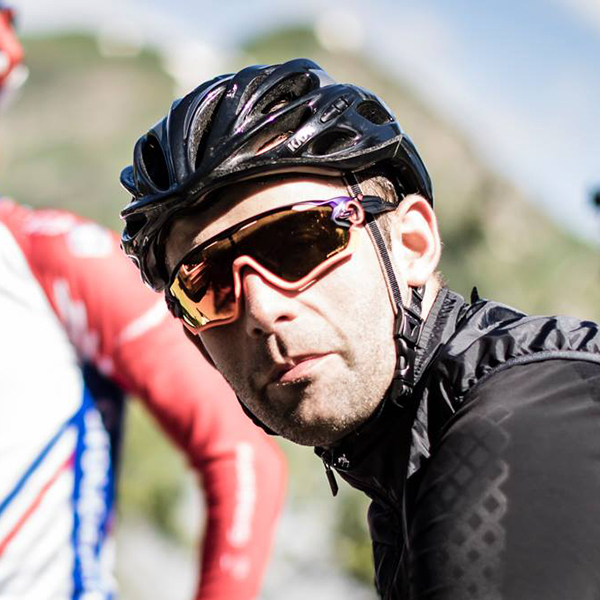Scott has launched its newly updated Foil RC aero road bike ahead of the Tour de France. To be ridden by WorldTour outfit Team DSM at the Grand Boucle, the new race machine promises impressive gains across the holy trinity of bike performance: aerodynamics, weight and stiffness.
The brand has worked with aero expert Simon Smart to develop the new frameset, resulting in a claimed 16-watt saving at 40km/h – or a one minute, 18-second saving over 40km at that speed.
At the same time, Scott has achieved a 915g frame weight in its lightest HMX SL carbon layup, a nine per cent drop on the previous-generation Foil.
The geometry has also been tweaked, now largely mirroring the Swiss brand’s Addict RC lightweight race bike for responsive and agile handling.
The Foil RC will be available in five models by the year’s end, with prices set to be confirmed later in the year.
Aero first with Drag2Zero

If Drag2Zero sounds familiar, it’s because the company has a history of working with Scott on the previous generations of the Foil, plus a long-standing relationship with ENVE, among a host of other cycling-related team-ups. Its founder, aerodynamics expert Simon Smart, has had a significant influence on aero development in recent years.
A three-year joint development process has yielded, Scott claims, the fastest bike the Swiss brand has ever produced, achieving 10 per cent greater efficiency in the wind tunnel than the previous generation of the Foil.
This has been achieved with extensive computational fluid dynamic (CFD) testing across every tube profile in the new Foil RC, where each NACA-inspired tube is tested individually and again as a complete frameset mockup.
NACA profiles (where the rearside edge is squared off to some degree) are nothing new in recent aero bike design, but Scott says it has worked with Drag2Zero to optimise airflow around the complete package.
“One mistake commonly made by bike brands is that they focus on the frameset or complete bike in isolation,” says Drag2Zero’s Smart. “In that case, you can end up with a frameset that’s incredibly fast on paper, but then you put a rider on it and find that they are in a less aero position, slowing the whole system down.”
For the Foil RC, Smart oversaw the multiple iterations of CFD simulations to find the fastest solution on paper, complete with wheels and rider, before testing them for real in the Mercedes F1 team’s wind tunnel.
Smart concedes that optimising airflow over bikes is a real challenge because the air is constantly changing. As a result, the Foil RC has been developed to operate most efficiently in a 4- to 10-degree yaw angle sweetspot zone, and at 32 and 48km/h speeds.
These wind directions and speeds, Scott says, best approximate the broad kind of riding a Foil RC rider is likely to encounter.
Visually, the Foil RC carries some neat details, some of which are a response to a UCI regulation change that allowed for ‘compensation zones’ within the frame design. A large section of carbon has appeared above the bottom bracket, while a smaller fill is notable at the head tube/top tube junction.
Moulded strafes are visible behind a slimmed-down fork crown and at the seatstay-seat tube junction, while the dropped seatstays are toed inwards at 10 degrees to direct air outwards, reducing interaction and turbulence around the inside edge of a wheel, according to Scott.
The fork legs are asymmetrical, with a more curved profile on the non-driveside versus a flatter shape on the driveside, while the brake calipers are well tucked in away from the wind.

A one-piece Syncros Creston iC SL cockpit has been developed specifically for the Foil RC, which Scott says brings a six-watt saving versus the previous Foil, featuring fully integrated brake hose routing through the head tube. There are also two-piece versions of the Creston for models further down the range.
An interesting omission is a lack of recessed bottle cage mounts, similar to what’s used on the Pinarello Dogma F and BMC Timemachine Road, which Smart says didn’t produce a meaningful performance improvement in testing with a bottle in place.
All in, Scott and Smart claim the new Foil RC saves 16 watts of drag at 40km/h, which equals a one minute, 18-second saving over 40km.
915g frame weight, 9% lighter than before

Scott says the new Foil RC isn’t just about aero performance, making the bold (yet well-repeated) claim that it’s also addressed weight and stiffness.
558 individual pieces of HMX-SL carbon fibre (the highest grade of carbon used by Scott) are used to make the top-level Foil RC frame, which are broken down into just four chunks: the main frame triangle, the two seatstay/chainstay assemblies and the seatpost sleeve.
Using Finite Element Analysis, Scott says the Foil RC’s ‘stress zones’ have been tested using simulations that reveal the weight-to-stiffness ratio when material is applied or removed from the frame. For example, a 10g addition of carbon might yield a benefit of 8 stiffness ‘points’, equalling a ratio of 1.25.
The lower the ratio, the better. Scott won’t reveal the exact ratios that it aimed for with the new Foil RC, but it does say that after over 300 iterations tested, an unpainted frame weighs just 805g in a 56cm size, saving 110g over the second-generation Foil.
The bottom bracket is stiff to the tune of 60N/mm, while the head tube rates at 92N/mm – which, for comparison, Scott says matches its Addict RC bike, a machine that made our 2022 Bike of the Year shortlist.
With the frame painted, Di2 battery holder in place and derailleur hangers fitted, the Foil RC HMX-SL frame weighs 915g (size 56cm).
Improved comfort and sharp handling

The new Foil RC features identical geometry to the Addict RC, save for the Syncros Creston handlebar, which results in a 10mm shorter reach.
Scott says this brings with it the sharp handling characteristics of its lightweight bike, while component arm Syncros has engineered flex into the new Duncan SL Aero CFT seatpost to smooth the ride.
The seatpost is designed in three parts – the full-length post with a significant cut-out section, a stabilising rear section and a rubberised filler, which can be swapped with an additional light (similar to the system employed by Merida for its Reacto aero bike).
The design enables the weight-bearing full-length post to flex against the top-most corner of the stabilising section, delivering movement in a tightly angled arc, which Scott claims improves ergonomics of the saddle contact point over a more traditional, wider arc.
A special silicone-based grease is applied to the tessellating seatpost sections, which is said to reduce the chances of creaking. This needs to be cleaned and refreshed every 1,000km.
Scott also purposefully specifies the Foil RC with a 25mm front tyre and a 28mm rear tyre to strike a balance between front-facing airflow and rear comfort. You can go up to 30mm wide if you want to maximise comfort, though.
Overall, Scott reckons the new frame is 10 per cent more comfortable than the previous model, not factoring in tyre choice.
Scott Foil RC availability and prices
The Scott Foil RC is set to be available by the end 2022, with five models available at launch. Owing to the current global climate and linked impacts on supply and costs, Scott would not confirm pricing at time of writing.
We’ll be receiving a bike to test soon, after which more details could become available.
In the meantime, check out our first ride review right here.
Scott Foil RC specifications
Scott Foil RC Ultimate

- Frame: HMX SL carbon
- Fork: HMX SL carbon
- Groupset: SRAM RED eTap AXS
- Power meter: SRAM RED power meter crankset
- Wheels: ZIPP 454 NSW
- Tyres: Schwalbe Pro One, tubeless, 25mm front / 28mm rear
- Seatpost: Syncros Duncan SL Aero CFT
- Handlebar/stem: Syncros Creston iC SL Aero
- Saddle: Syncros Belcarra V-Concept 1.0
Scott Foil RC Pro

- Frame: HMX carbon
- Fork: HMX carbon
- Groupset: Shimano Dura-Ace R9170 Di2
- Power meter: No
- Wheels: Shimano C50
- Tyres: Vittoria Corsa Control, tubeless, 25mm front / 28mm rear
- Seatpost: Syncros Duncan SL Aero CFT
- Handlebar/stem: Syncros Creston iC SL Aero
- Saddle: Syncros Belcarra V-Concept 1.0
Scott Foil RC 10

- Frame: HMX carbon
- Fork: HMX carbon
- Groupset: Shimano Ultegra R8170 Di2
- Power meter: No
- Wheels: Syncros Capital 1.0 50 Disc
- Tyres: Schwalbe One, tubeless, 25mm front / 28mm rear
- Seatpost: Syncros Duncan SL Aero CFT
- Handlebar/stem: Syncros Creston 1.0 Aero
- Saddle: Syncros Belcarra V-Concept 2.0
Scott Foil RC 20

- Frame: HMX carbon
- Fork: HMX carbon
- Groupset: SRAM Rival eTap AXS
- Power meter: No
- Wheels: Syncros Capital 1.0 50 Disc
- Tyres: Schwalbe One, tubeless, 25mm front / 28mm rear
- Seatpost: Syncros Duncan SL Aero CFT
- Handlebar/stem: Syncros Creston 2.0 Aero
- Saddle: Syncros Belcarra V-Concept 2.0
Scott Foil RC 30

- Frame: HMX carbon
- Fork: HMX carbon
- Groupset: Shimano 105 R7170 105 Di2
- Power meter: No
- Wheels: Syncros RR2.0 Disc
- Tyres: Schwalbe One, tubeless, 25mm front / 28mm rear
- Seatpost: Syncros Duncan SL Aero CFT
- Handlebar/stem: Syncros Creston 2.0 Aero
- Saddle: Syncros Belcarra V-Concept 2.0







